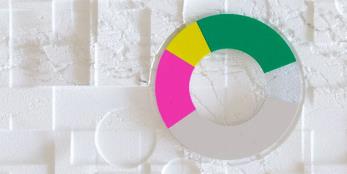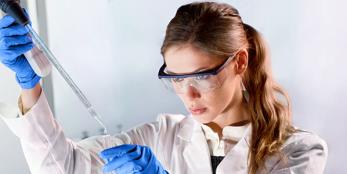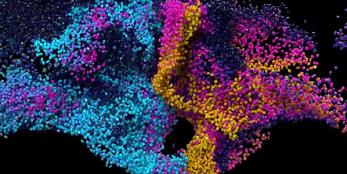The page you were looking for could not be found
The page you are looking for might have been removed, had its name changed, or is temporarily unavailable. Please try the following:
- Check if you typed in the correct URL
- Please let us know if this is an error we should fix







